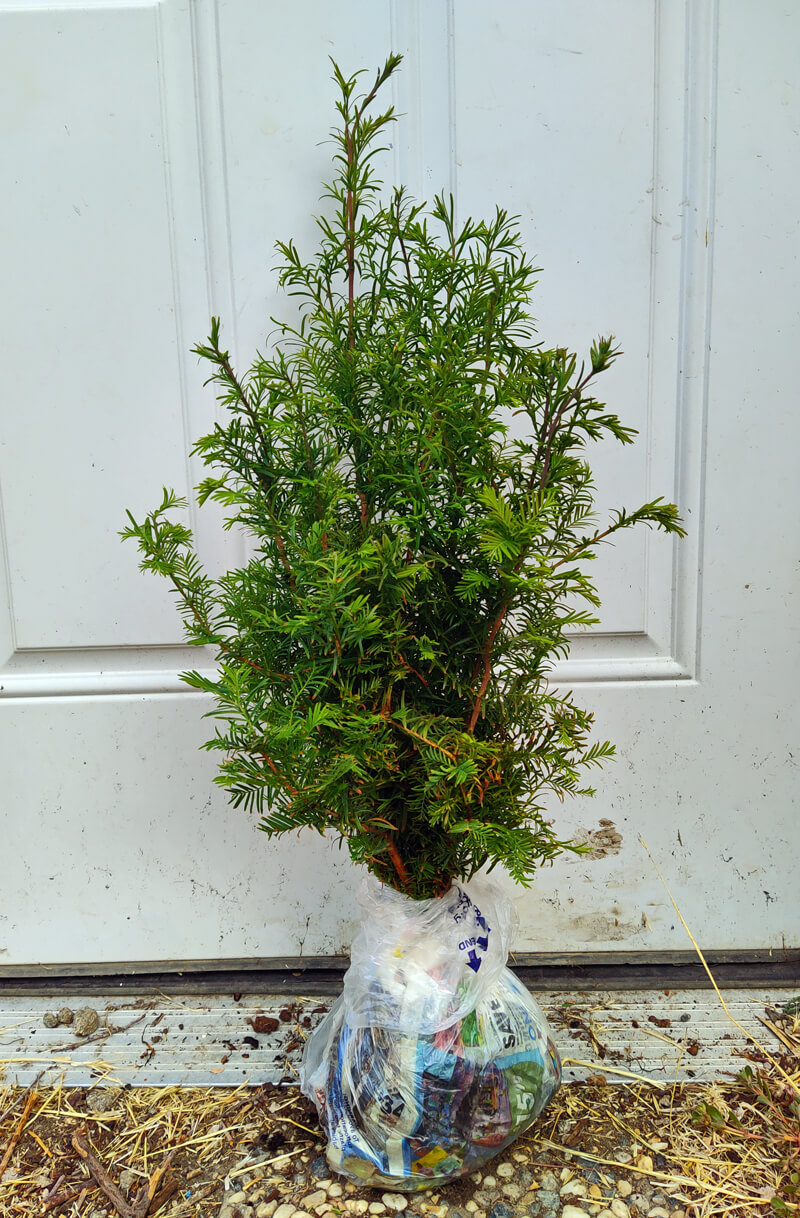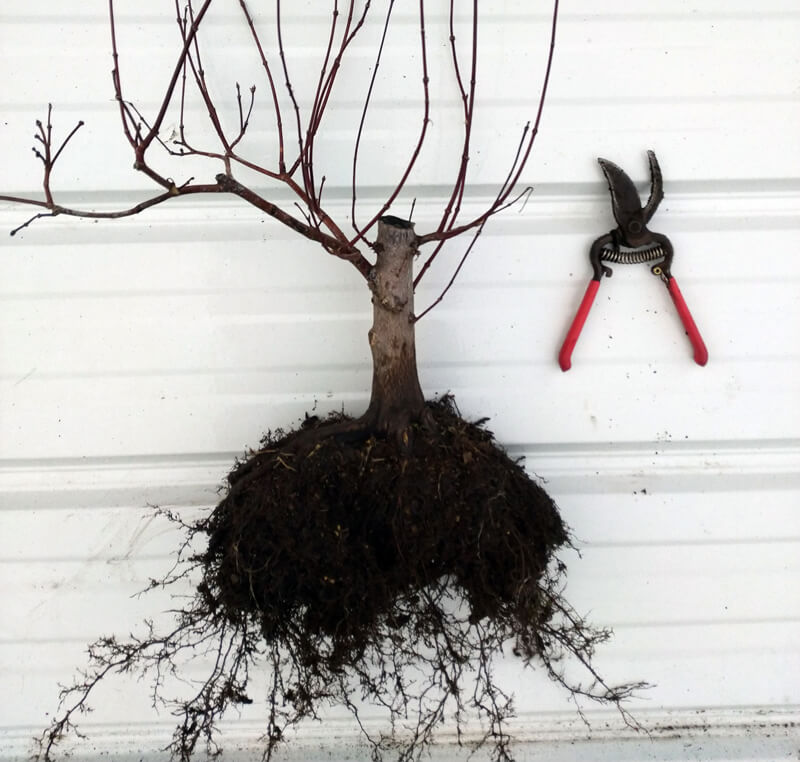Your source for fast shipping of trees, shrubs, perennials, and bamboo.
Carefully packaged plants

We've mastered the art of getting your plants delivered safely to your door and guarantee their safe transit.
Read about shipping
Wide selection
Choose from over 400 plant varieties ranging from common landscaping plants to rare collector specimens.
Browse our catalog
Wholesale pricing
 Get automatic wholesale discounts on bulk quantities for large projects, landscaping jobs, or resale. Specimen size plants available.
See bulk pricing
Get automatic wholesale discounts on bulk quantities for large projects, landscaping jobs, or resale. Specimen size plants available.
See bulk pricing
The latest at Red Panda Nursery:
Loading posts...


